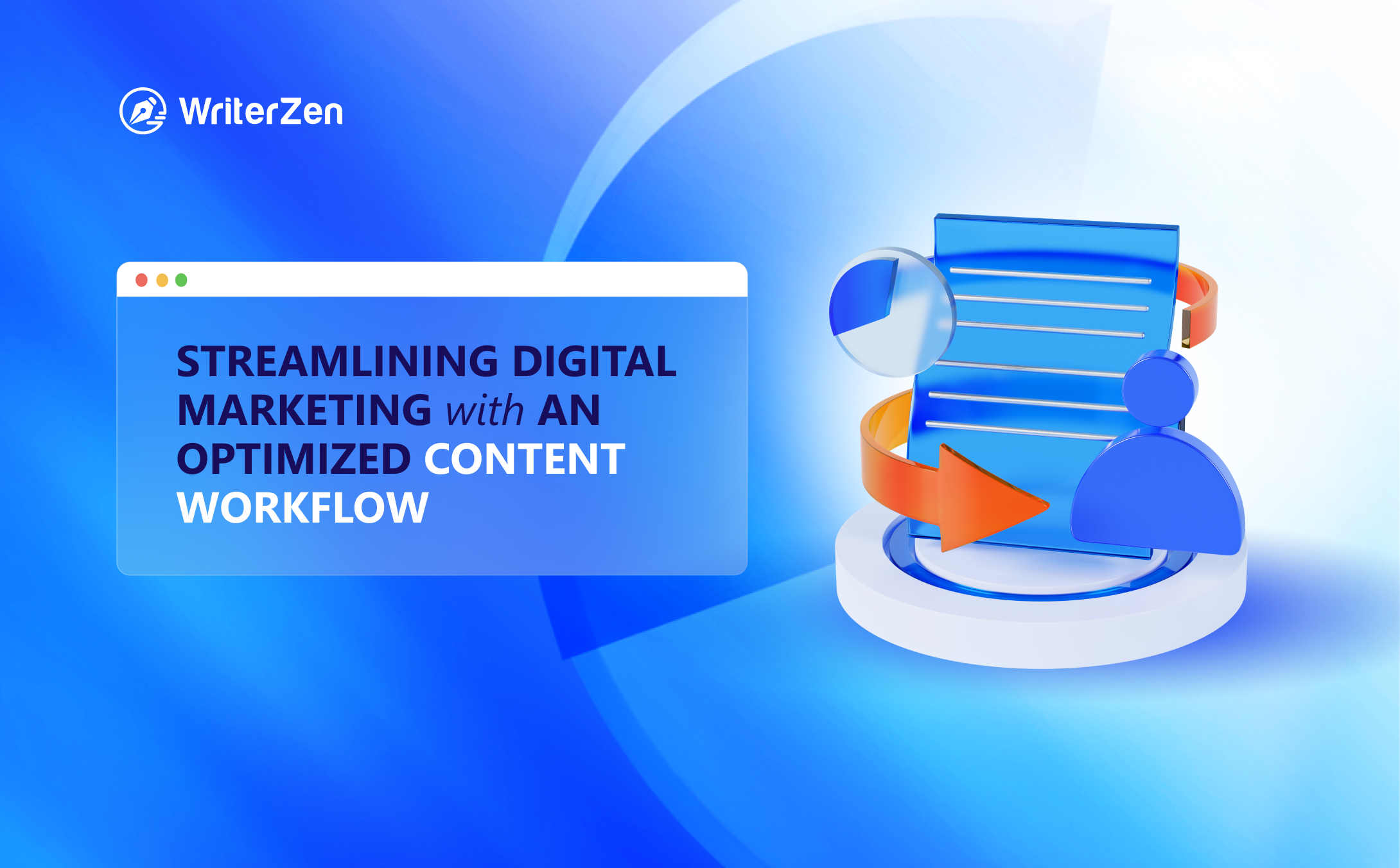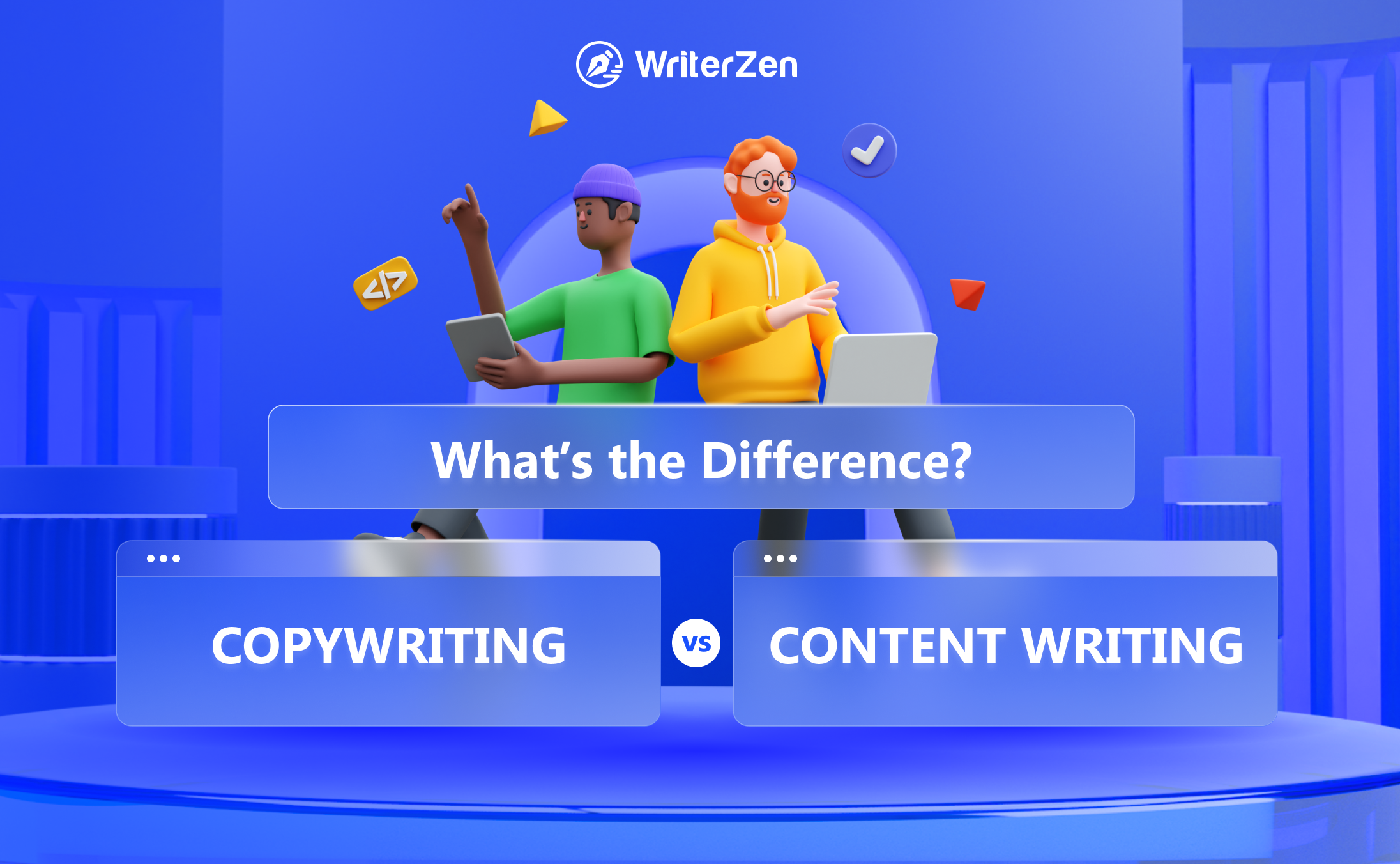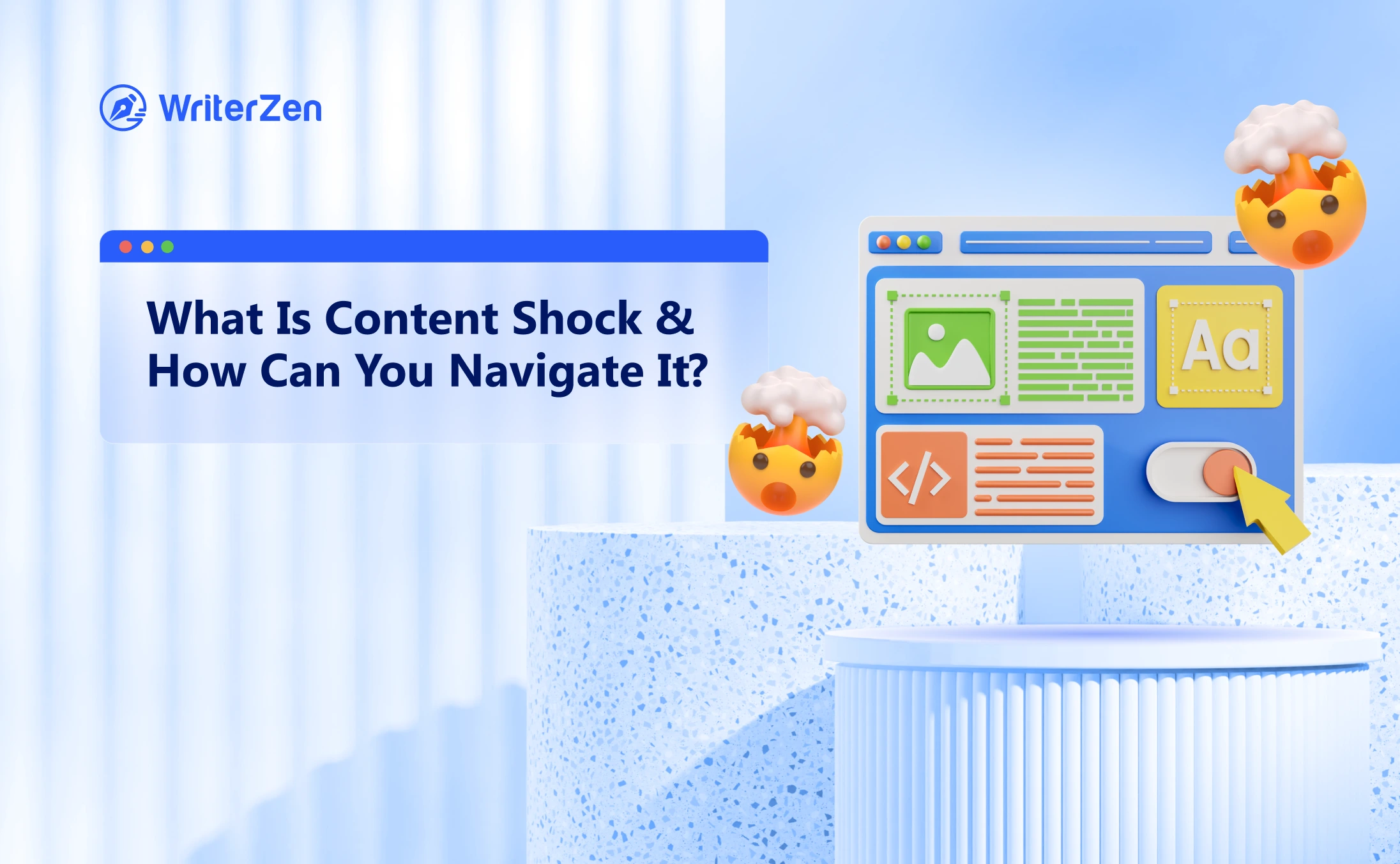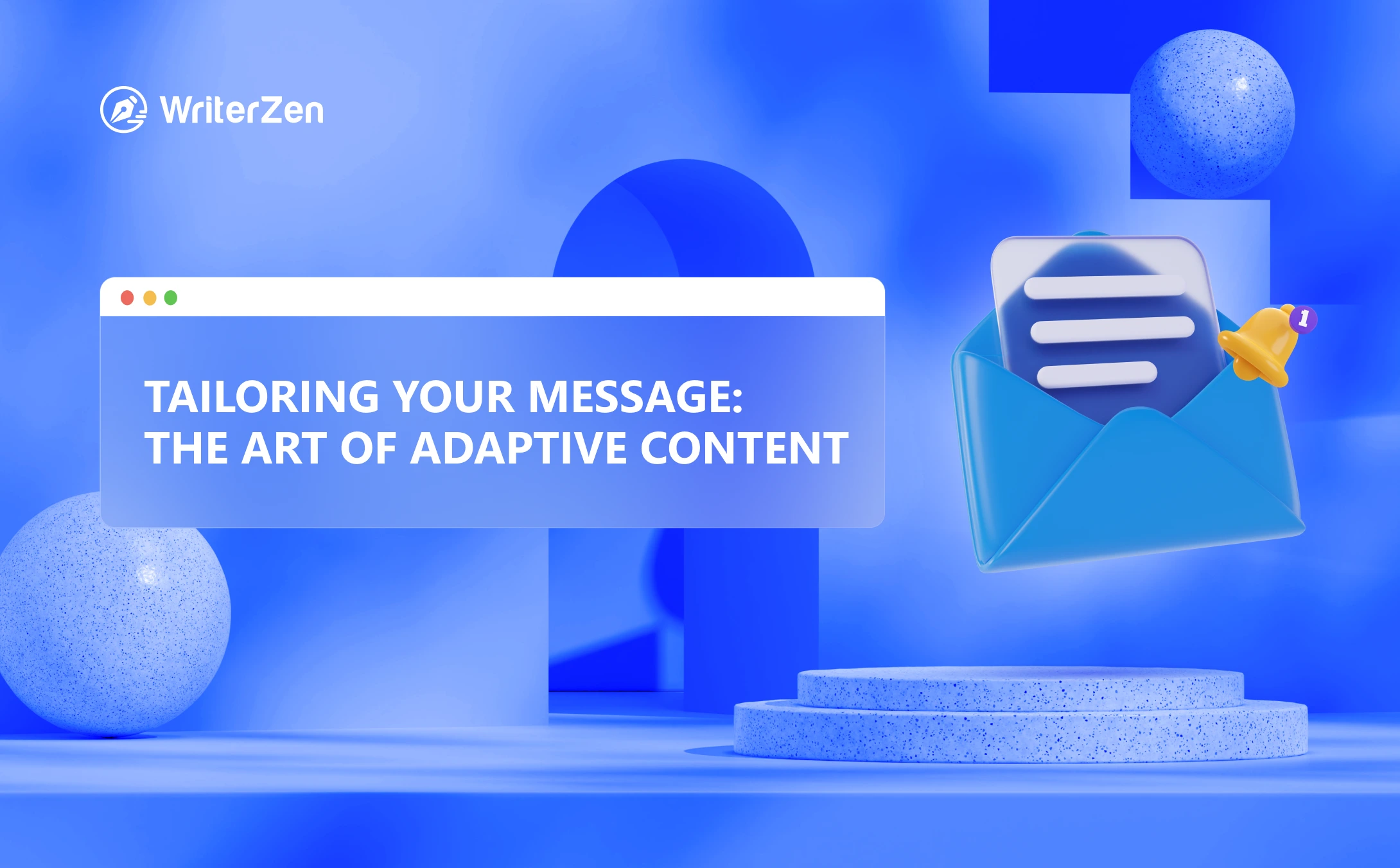Content creation and management are essential for businesses to engage their target audience effectively. However, you can be overwhelmed, and this is when using a well-defined content workflow will help you produce consistent, compelling content.
We will explore what a content workflow entails, including its definition, importance, and different types. We will also provide actionable steps to help you build an efficient content workflow that maximizes productivity and drives results.
Definition of Content Workflow
Content workflow is the systematic process of creating, reviewing, approving, and publishing content in a streamlined, efficient manner. It involves outlining all the steps and tasks in producing content, from ideation and creation to distribution and analysis.
Content workflows rely on a combination of tools, resources, and creators. They will vary depending on the type of content, blogs, social media, websites, graphic and video design, email campaigns, and more.
A well-designed content workflow provides structure, clarity, and accountability, ensuring that each piece of content meets the organization's quality standards, aligns with its strategic objectives, and resonates with the target audience.
Why Is Content Workflow Important?
An efficient content workflow ensures that every piece of content aligns with the company's objectives, is optimized for search engines, and meets the audience's needs. As a result, businesses can expect improved website traffic, increased brand visibility, higher conversion rates, and a stronger connection with their customer base.
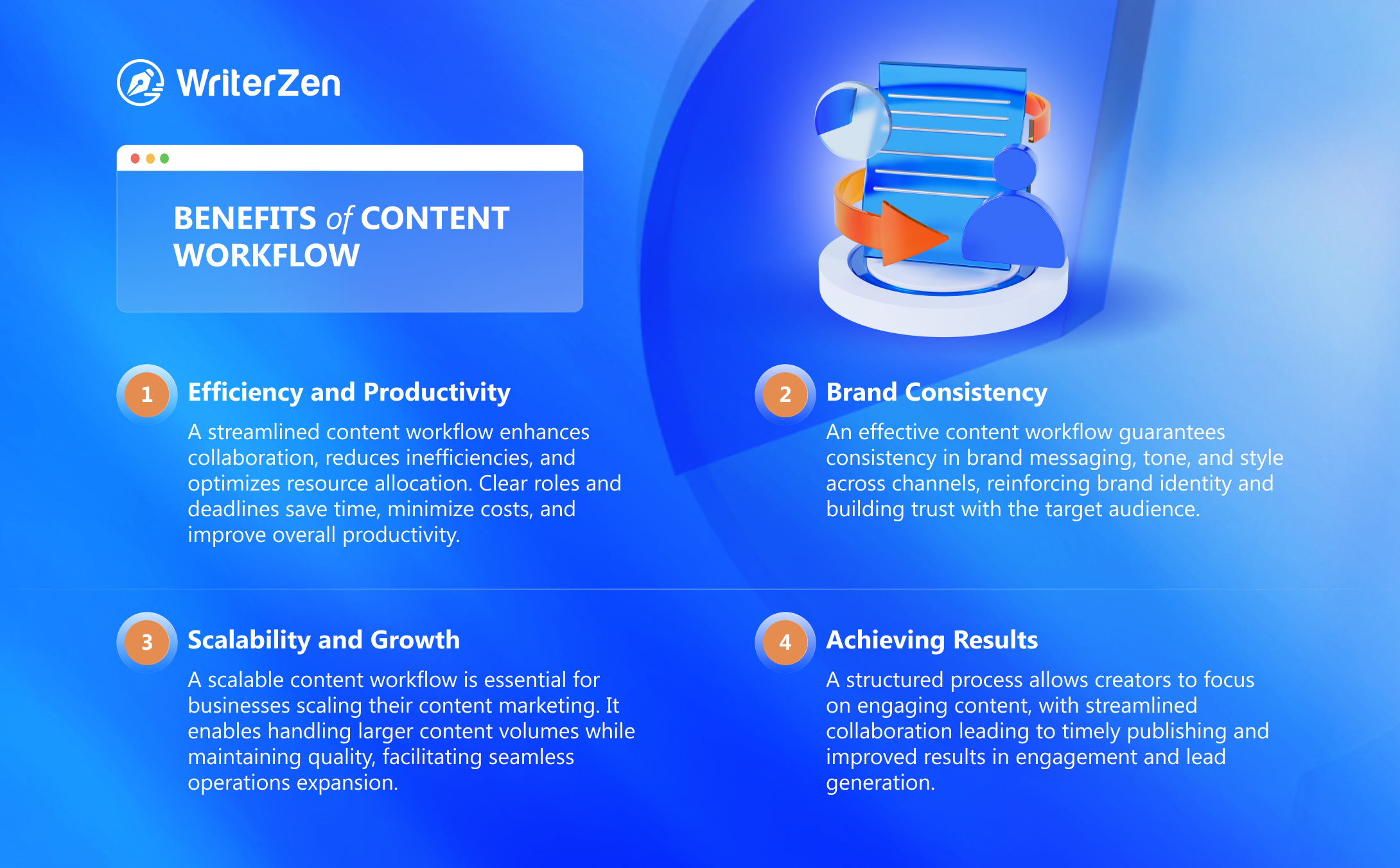
Efficiency and Productivity
A streamlined content workflow eliminates bottlenecks, reduces redundancies, and optimizes resource allocation. By defining clear roles, responsibilities, and deadlines, teams can work collaboratively and seamlessly, enhancing overall efficiency and productivity.
Consequently, teams can save significant time by eliminating guesswork, rework, and last-minute revisions. Efficient processes reduce costs associated with delays, errors, and inefficiencies, enabling organizations to allocate resources more effectively.
Brand Consistency
A well-executed content workflow ensures consistency in brand messaging, tone, and style across all channels. It helps maintain a cohesive brand identity, strengthening brand recognition and trust among the target audience.
Scalability and Growth
A scalable content workflow becomes critical as businesses expand their content marketing efforts. It allows organizations to handle increased content volumes while maintaining quality, enabling them to scale their operations seamlessly.
Achieving Results
Content workflow directly impacts the effectiveness of your content marketing strategy. Following a well-structured process, content creators can focus on producing engaging and valuable content that resonates with the target audience.
With enhanced collaboration and streamlined approvals, content can be published on time, driving greater engagement, lead generation, and, ultimately, better results.
Types of Content Workflow
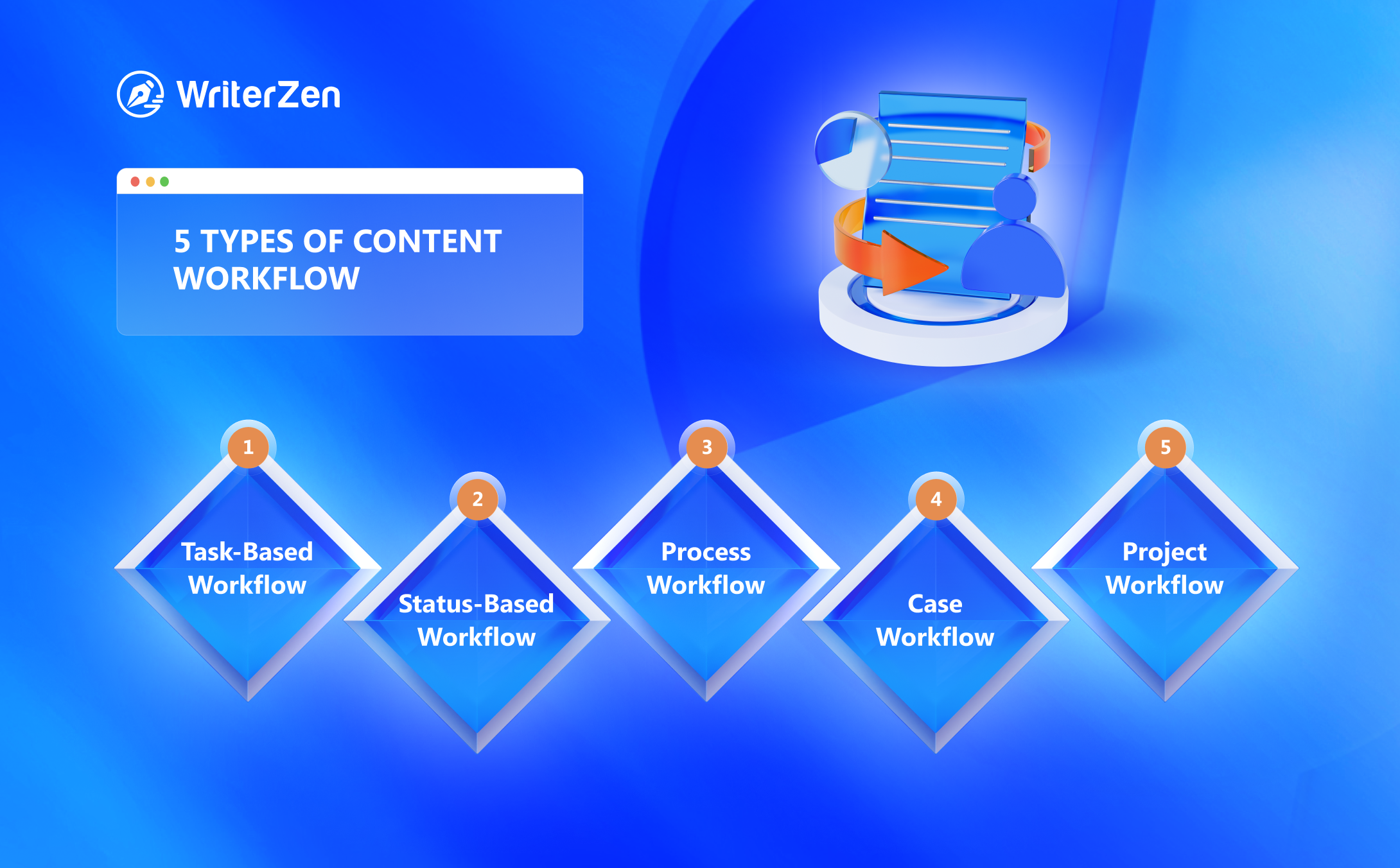
Task-Based Workflow
In a task-based workflow, the content creation process is divided into specific tasks assigned to different team members or departments. This workflow emphasizes individual responsibilities and hand-offs. For instance, a typical task-based workflow might include ideation, writing, editing, design, and publishing.
Status-Based Workflow
When using a status-based workflow, the content progresses through various stages or statuses, indicating its current state in production.
Each status represents a specific milestone or approval point. For example, a status-based workflow could include stages like "In Progress," "Under Review," "Final Edits," and "Published."
Process Workflow
In a process workflow, content creation follows a linear sequence of steps, with each stage building upon the previous one.
This type of workflow is ideal for content that requires a structured and systematic approach, such as blog posts, social media updates, and email newsletters.
The content moves through each step in a predefined order, ensuring a smooth and organized production process.
Case Workflow
A case workflow is more flexible and adaptive, making it suitable for content that requires a personalized approach or custom solutions. Each is treated as a unique "case" with its requirements and variables.
This workflow is commonly used for specialized content like whitepapers, case studies, and in-depth research reports.
Project Workflow
Project workflows allow for content creation with specific scope, timeline, and deliverables. It is well-suited for large-scale content initiatives like website redesigns, campaigns, or multimedia projects.
It involves collaboration across various teams and departments to execute the project successfully.
How to Build a Content Workflow
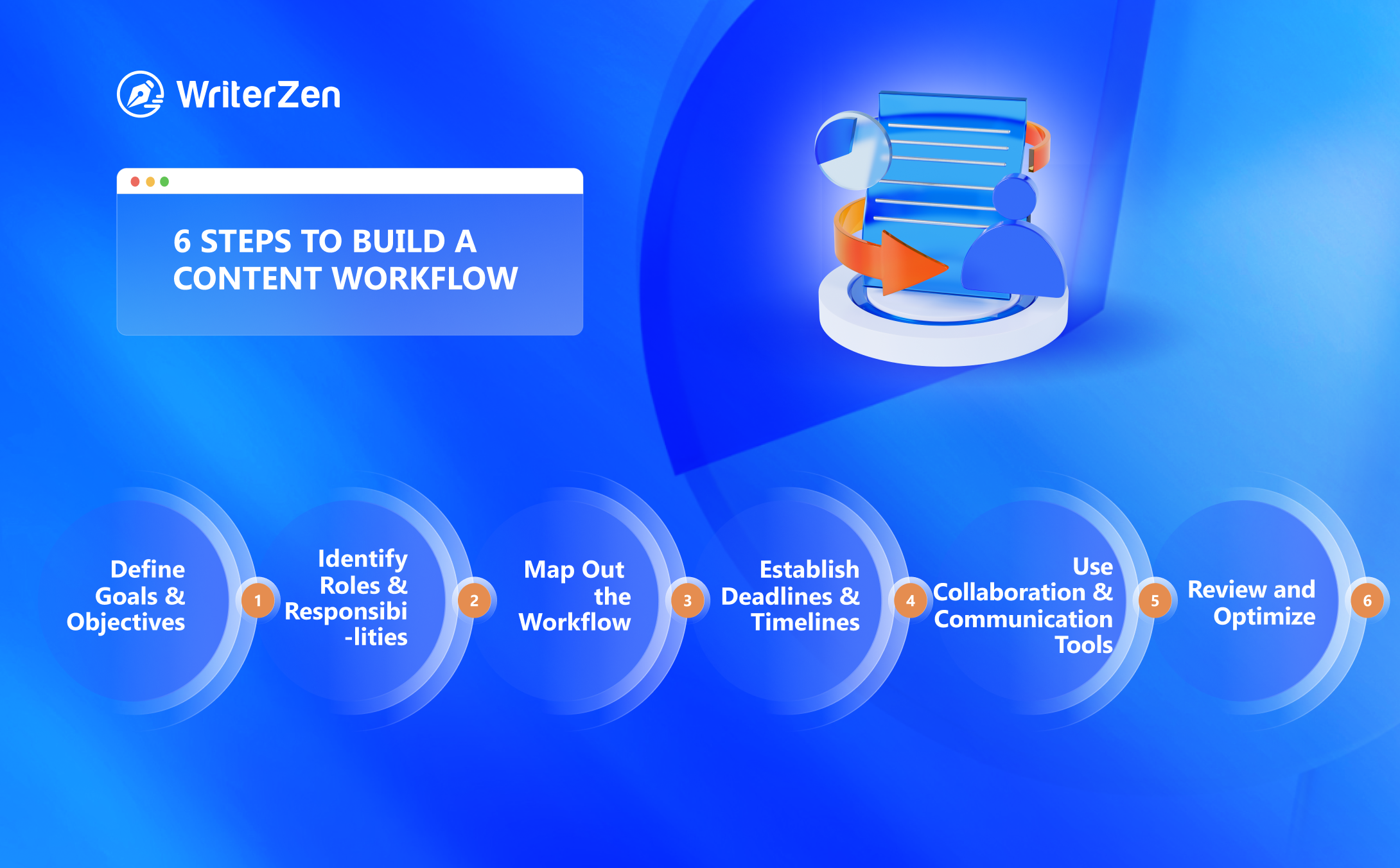
Define Goals and Objectives
Clearly define your content marketing goals and objectives.
Identify the target audience, the purpose of your content, and the desired outcomes. This foundation will guide your content workflow and ensure each piece serves a strategic objective.
Identify Roles and Responsibilities
Assign clear roles and responsibilities to team members involved in content creation. This includes content strategists, writers, editors, designers, and social media managers.
Clearly define who is responsible for each task and establish communication channels for smooth collaboration.
Map Out the Workflow
Create a visual map or flowchart outlining the content creation process based on your chosen workflow type. Identify each step, from idea generation to publication, and define the tasks, approvals, and feedback.
Establish Deadlines and Timelines
Set realistic deadlines for each stage of the workflow, considering the complexity of the task and the availability of resources.
Use project management tools or content management systems to track progress, share updates, and ensure everyone knows their deliverables and timelines.
Use Collaboration and Communication Tools
Utilize project management and collaboration tools to streamline communication, store and share assets, and facilitate feedback and approvals. Tools can enhance team coordination, reduce miscommunication, and centralize assets.
Using a tool like WriterZen’s Team Function will allow you to streamline your content workflow by assigning tasks and ensuring seamless collaboration between teams. By doing so, you eliminate the problems that can arise during the content creation process.
It also lets you see the status of all projects and their assigned tasks, allowing you to track progress and stay informed about each stage. By using this approach, you enhance productivity, strengthen teamwork, and ensure a smooth and well-coordinated content workflow.
Review and Optimize
Regularly evaluating your content workflow is vital to maintaining a smooth and efficient workflow. By conducting regular reviews, you can identify potential bottlenecks and areas for improvement.
Engaging in open and constructive communication with your team and stakeholders allows you to gather valuable feedback and further refine and optimize the workflow, boosting efficiency, productivity, and overall content quality, leading to better outcomes and a more streamlined operation.
Continuous reviewing and optimization ensure that your content creation process stays adaptable and responsive to changing needs and challenges, making it a cornerstone of long-term success.
Final Thought
Organizations can enhance productivity, maintain brand consistency, save time and costs, and support scalable growth.
No matter the type of workflow you choose, the key lies in setting goals, defining roles and responsibilities, mapping out the process, and establishing communication channels.
As you refine your content workflow, embrace flexibility and continuous improvement to adapt to evolving industry trends and consumer preferences.


